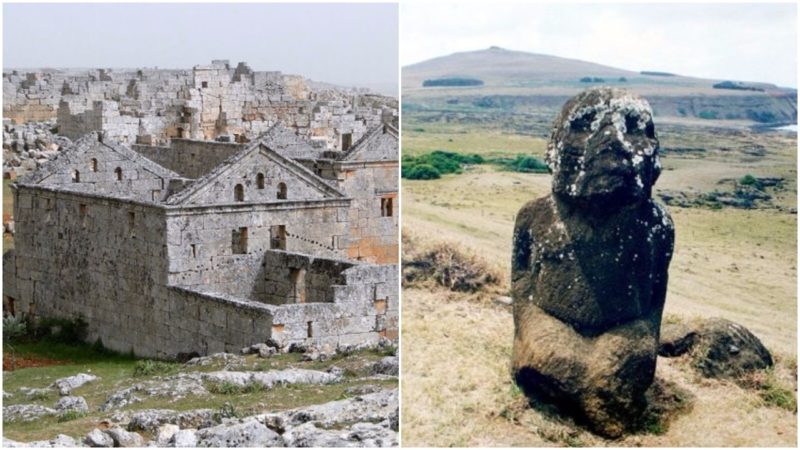It is the archeologist’s job to find proof of ancient civilizations in order to see what existed before us. Sometimes, however, there are places where the people who once lived there were so secretive and elusive, that there is no possible way to get a definitive answer of what actually happened.
The three examples in this article show cities that were mysteriously abandoned by their inhabitants and to this day nobody knows exactly why.
The Dead Cities of Syria
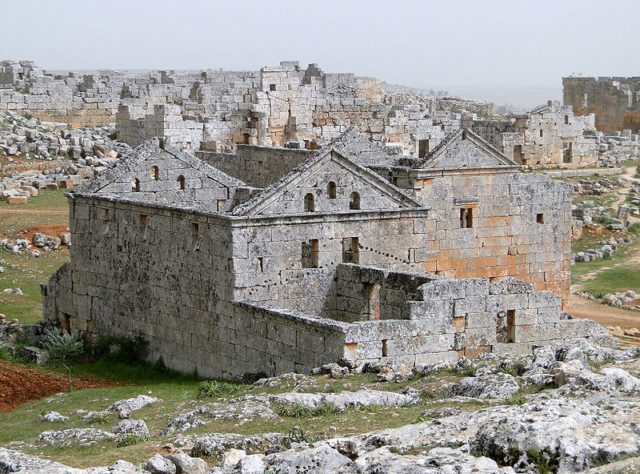
The Forgotten Cities (or the Dead Cities) are a group of 700 abandoned settlements in northwest Syria. Most of them date back to the period between the 1st to 7th centuries, but, strangely enough, it’s believed that the disappearance of its citizens took place during the 8th century.
The remains contain very well preserved architectural remnants of dwellings, pagan temples, cisterns and even bathhouses. It is argued that these cities were inhabited with prosperous peasants, but others suggest that the architecture is too impressive for that theory. Still, many believe that the peasants struck “gold” when they started trading olive oil with outsiders and that the architecture was a result of that prosperity.
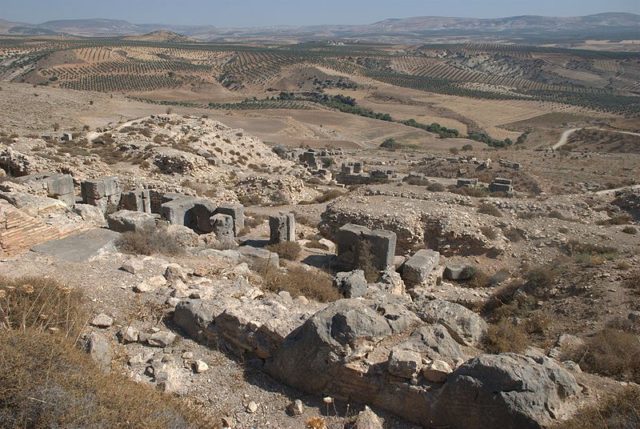
This idea suggests that the route was what caused the cities to flourish as it was perfect for trading during the Byzantine Empire. This then would explain the mystery of the missing citizens, as the trade route at some point became no longer valid and a change of power through alternate trade routes would have inevitably caused the residents to flee.
Many believe that if this was the case, then the Cities are a perfect example of how people transition during changing times and conditions.
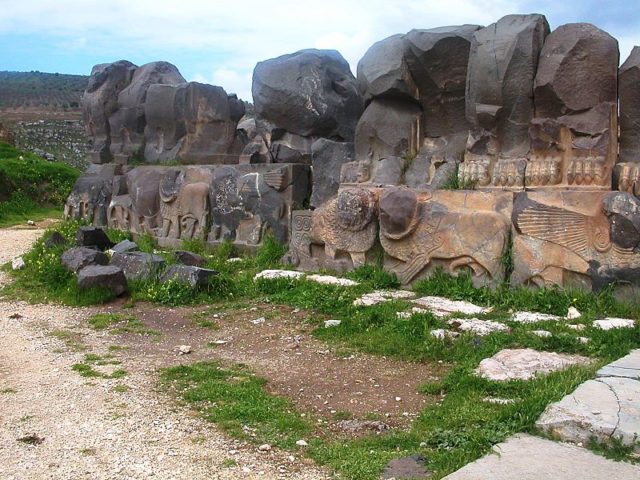
The Dead Cities were registered as a UNESCO World Heritage Site in 2011, under the name of “Ancient Villages of Northern Syria”.
Çatalhöyük
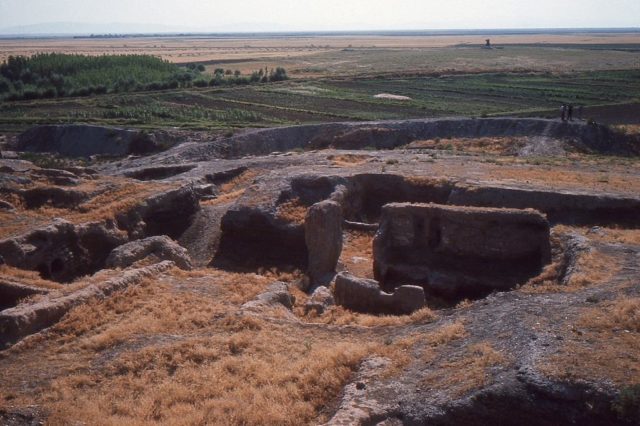
Located in southern Anatolia, this settlement existed from 7500 BC to 5700 BC. The remains were excavated in 1958, by James Mellaart, and the excavation later continued on from 1961 to 1965. This excavation showed a highly advanced culture during the Neolithic period and the 18 layers of buildings signified the various stages of the settlement.
However, due to an incident known as the Dorak Affair, where important drawings from the Bronze Age went missing, Mellaart, who had published them, was banned from the country for good.
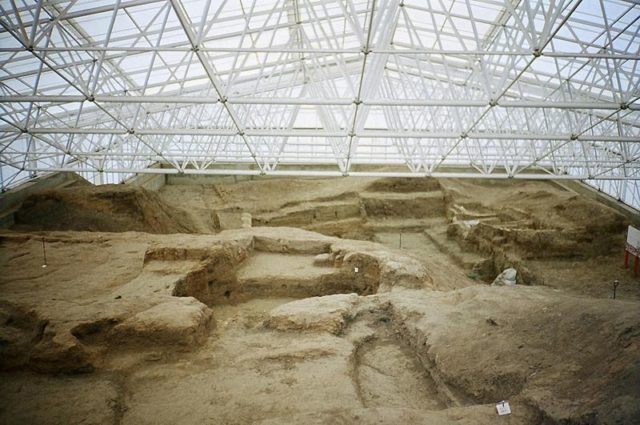
The site was laid to rest until 1993, when the University of Cambridge, led by Ian Hodder, decided to investigate. These investigations are considered to be one of the most ambitious excavation projects in history.
The city of Çatalhöyük was composed entirely of domestic buildings, and it’s still unclear what the purpose was for some of them, especially for some of the more extravagant rooms. Some speculate that maybe they were used for religious purposes, or perhaps they were used by the richest people in the town.
By the size of the settlement, archaeologists believe that over 10,000 people lived there, functioning as a very close-knit community, where neighbors sought help between each other, traded, and also married one another. There were no streets, as the residents lived in a single, large dwelling, using rooftops to travel.
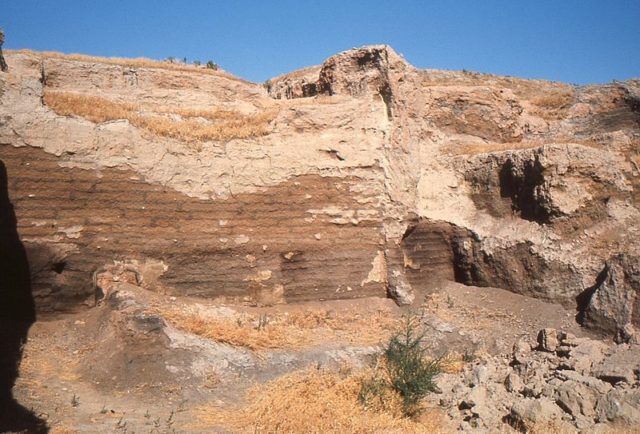
Archeologists also found skeletons under the floors of the building, and certain features and information suggests that ritual was a huge part in the burial process. Also, as has been concluded from the findings, it is believed that the residents had little to no distinction as far as gender or class was concerned and that they all lived as equals.
Because Çatalhöyük remained untouched and undocumented for 10,000 years, it’s impossible to know why the citizens left or where they went afterwards. It is quite feasible to believe that they simply migrated elsewhere, blending in with the indigenous people of the area.
Rapa Nui, Chile
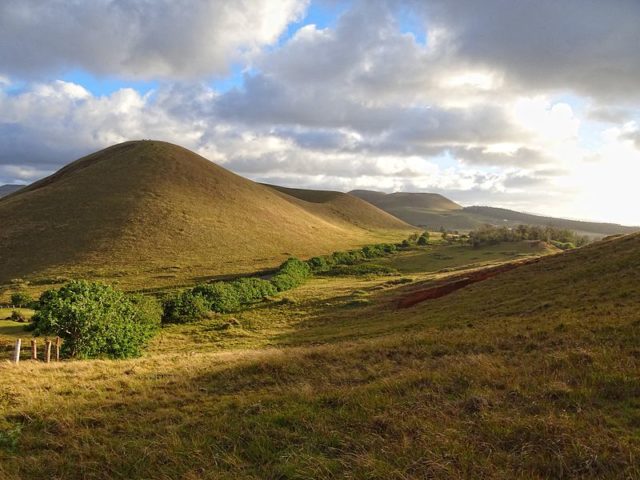
Also known as Easter Island, this location is famous for its 887 monumental ancient head statues, called Moai. Since 1995, the island has been a part of the UNESCO World Heritage Site, and is protected by the Rapa Nui National Park.
However, this island still remains a mystery, because no one knows when exactly settlers arrived, or what happened to those settlers thereafter. Presumably, the Polynesian people settled there and inhabited the place between 300 and 1200 AD. It is said that they moved there from the Gambier Islands or the Marquesas, which are actually thousands of miles away, and so they somehow traveled a great distance before arriving on those shores.
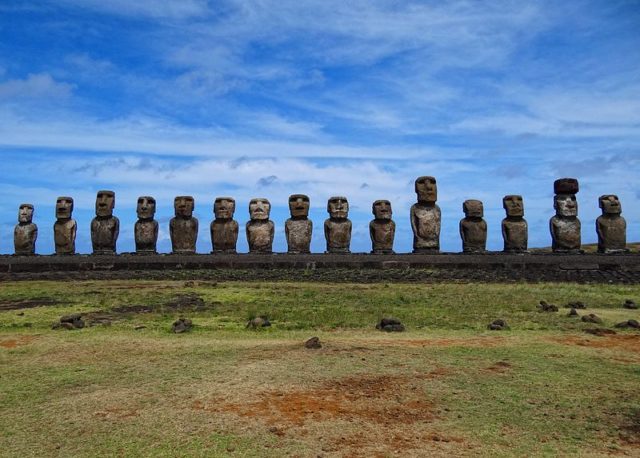
In 1774, when British explorer James Cook came to visit the island, one of his crew members, a Polynesian from Bora Bora, was able to communicate with the natives. This has led many to believe that the residents were Polynesian. According to other missionaries that came in the 1860s, the settlers were lead by a high chief (Ariki) who held the power of all the nine clans.
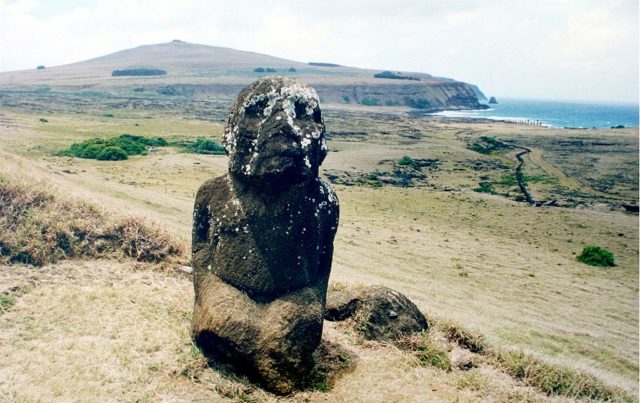
It is believed that the statues were specifically made by the people to honor their ancestors, but there are no reliable accounts or pieces of evidence that hold this statement as true; it is all merely theory and speculation.
It is suggested that the creation of the moai resulted in severe deforestation and environmental degradation, heavily affecting their ability to eat. Therefore, the theory goes that the disappearance of the population was due to cannibalism when they had no other choice. Other theories suggest that rat infestations to the plants and upheaval in their social system were the reasons for the disappearance of the inhabitants.
